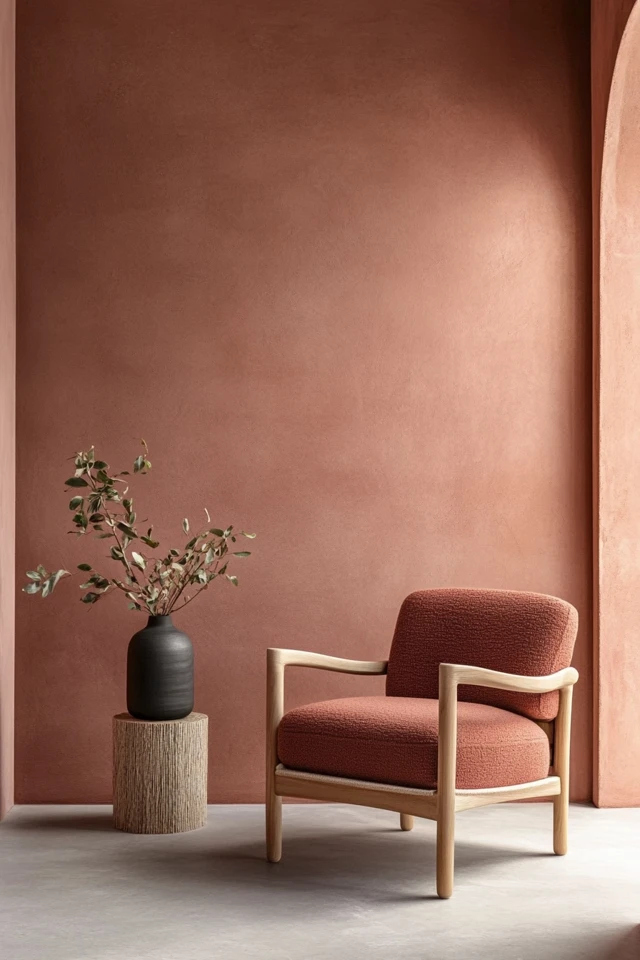Scandinavian design is beloved for its simplicity, functionality, and timeless elegance, often characterized by a neutral color palette of whites, greys, beiges, and blacks. However, what truly brings this style to life is the thoughtful addition of accent colors. These pops of color, inspired by nature and Nordic landscapes, infuse energy, personality, and depth into otherwise neutral spaces. When mixed with neutrals, Scandinavian accent colors create a harmonious balance that’s both calming and visually engaging.
I first realized the power of Scandinavian accent colors while redesigning my living room. Initially, I stuck to a strict neutral palette, but the space felt flat and lifeless. Inspired by Scandinavian interiors I’d seen, I added muted sage green cushions and a blush pink throw, and suddenly, the room came alive. The accents didn’t overpower the space; instead, they complemented the neutrals, creating a sense of warmth and balance.
If you’re looking to add character and personality to your Scandinavian-inspired home, mixing accent colors with neutrals is the perfect solution. Let’s explore how to do it effectively while maintaining the clean, minimalist aesthetic that defines Scandinavian design.
The Perfect Design for You
Mixing Scandinavian accent colors with neutrals is ideal for anyone who loves the calm and simplicity of Nordic design but wants to add a touch of vibrancy and individuality. It’s perfect for those who crave a balanced space that feels warm, inviting, and effortlessly stylish.
Imagine a living room with soft white walls and light wood floors, complemented by a grey sofa adorned with mustard yellow and dusty blue cushions. A muted terracotta vase sits on a light wood coffee table, while a sage green rug anchors the space. This blend of neutral tones and subtle pops of color creates a room that feels cohesive, calm, and full of character.
Picture Gallery
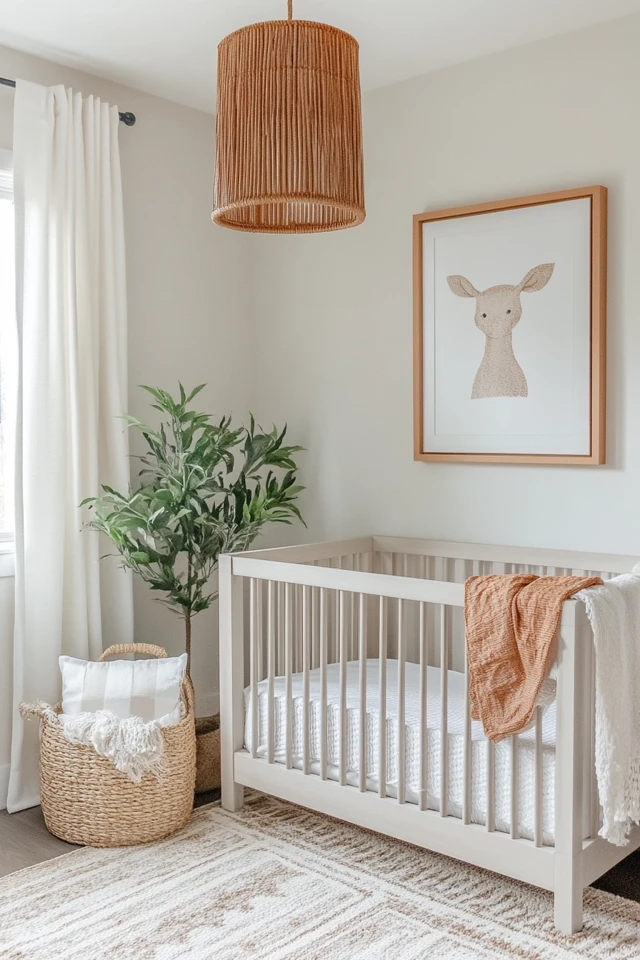
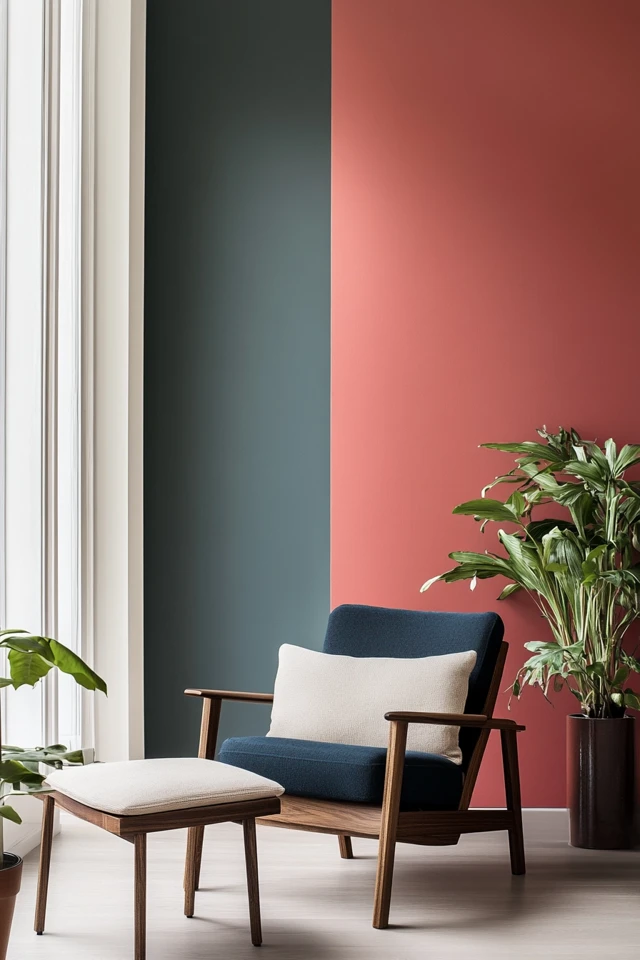

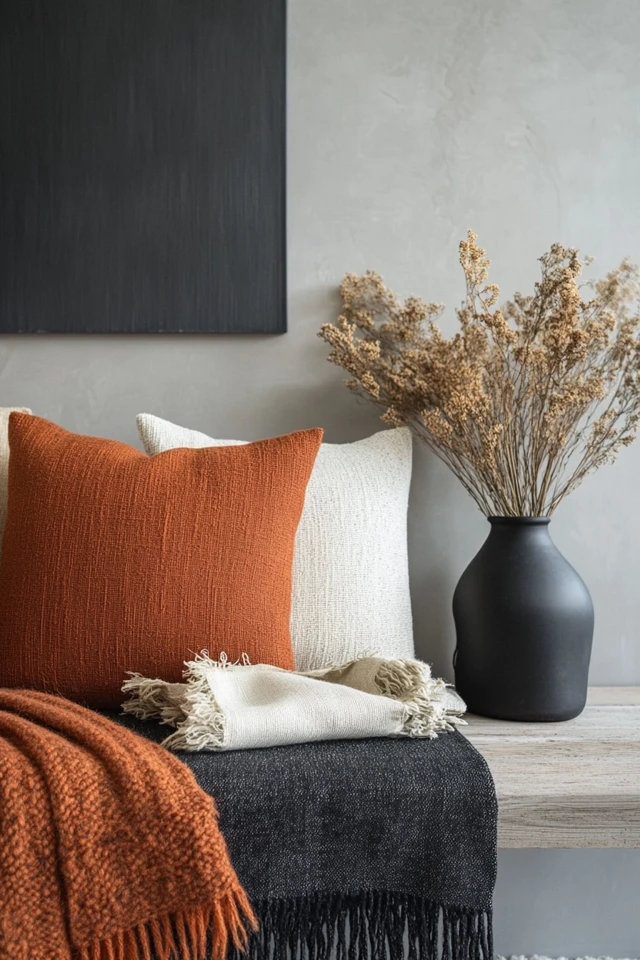
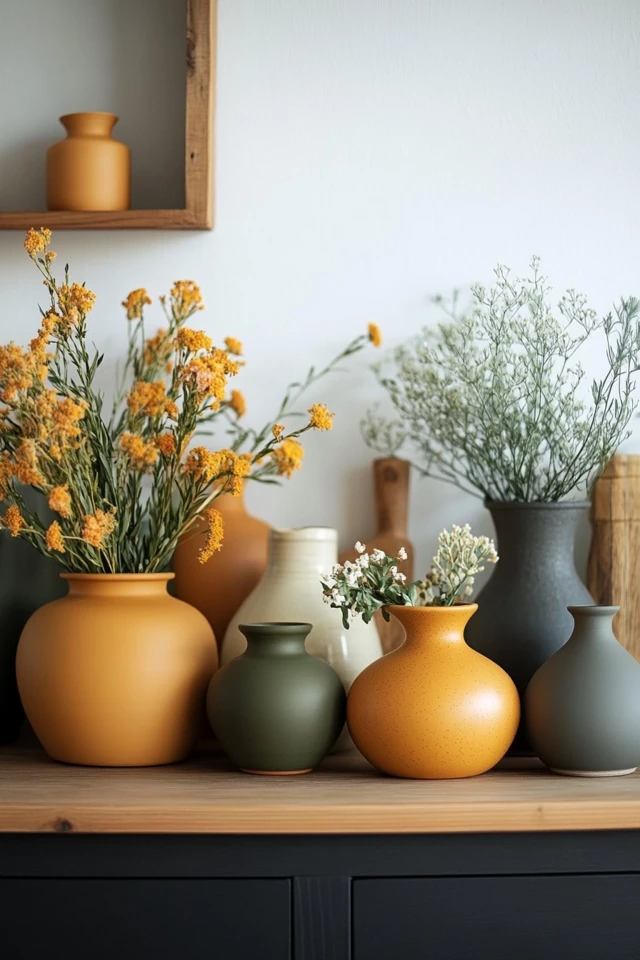
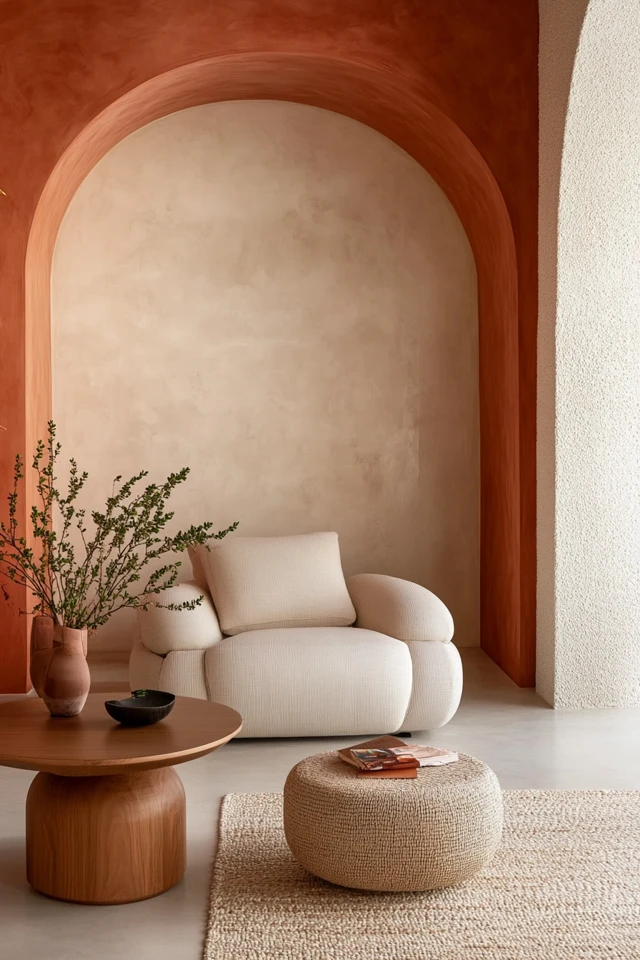
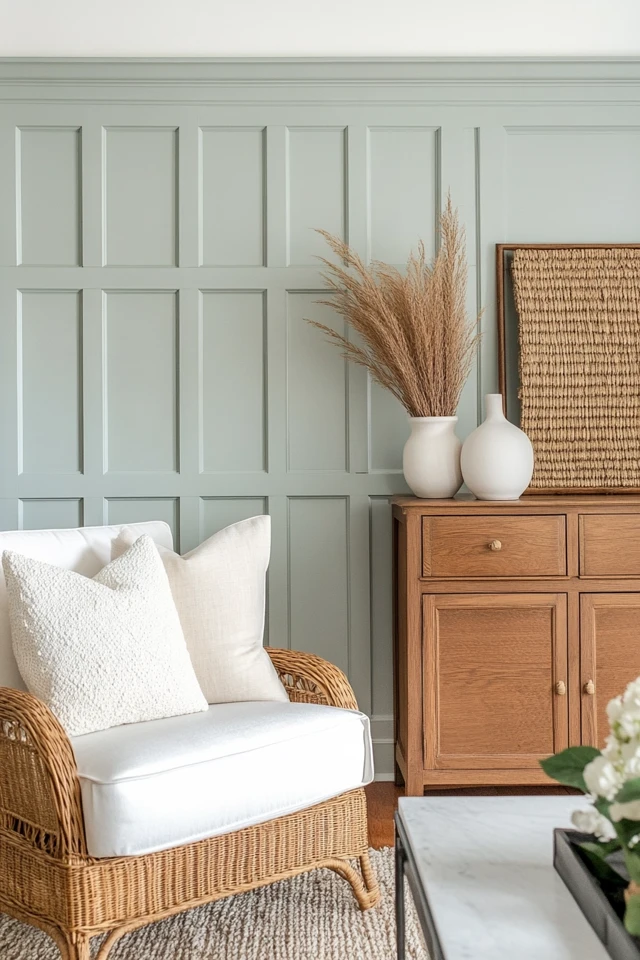
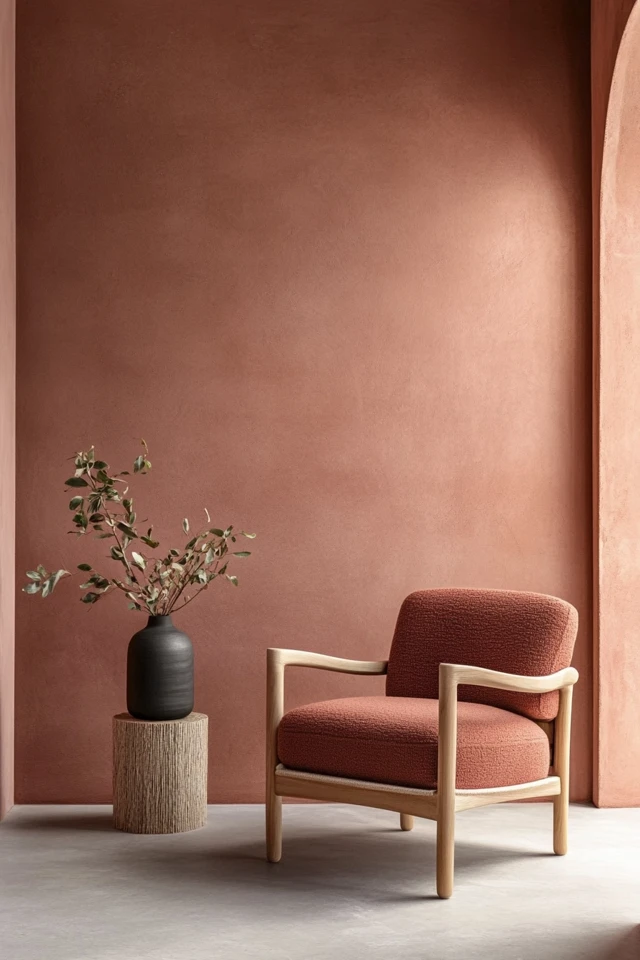
Why Scandinavian Accent Colors Work So Well With Neutrals
Scandinavian design principles prioritize simplicity and balance, and the strategic use of accent colors enhances these qualities. Here’s why mixing accent colors with neutrals works so beautifully:
Key Elements:
- Subtle Contrast: Accent colors add visual interest without overwhelming the space, creating a balanced and cohesive look.
- Natural Inspiration: Scandinavian accent colors—like sage green, dusty blue, and terracotta—are drawn from nature, making them timeless and versatile.
- Neutral Base: A neutral palette provides a calming backdrop that allows accent colors to shine without clashing.
- Layered Depth: Combining neutrals with pops of color adds dimension and prevents the space from feeling flat or sterile.
- Timeless Appeal: The restrained use of color ensures the space remains stylish and relevant for years to come.
Evidence-based design suggests that natural and muted tones have a calming effect on the mind, while small doses of color can boost mood and creativity. Scandinavian interiors strike the perfect balance, creating spaces that feel serene yet dynamic.
How to Mix and Match Scandinavian Accent Colors With Neutrals: Step-by-Step
1. Start With a Neutral Base
- Why It Works: Neutral tones create a cohesive foundation that allows accent colors to stand out.
- How to Do It:
- Paint walls in white, light grey, or beige to create an open and airy feel.
- Use neutral furniture, such as a light grey sofa or a white dining table, as the base for your design.
2. Choose a Cohesive Color Palette
- Why It Works: A unified palette ensures the space feels harmonious and well-planned.
- How to Do It:
- Select 2–3 accent colors inspired by nature, such as sage green, dusty pink, or navy blue.
- Stick to muted, earthy tones that blend seamlessly with neutrals.
3. Add Accent Colors Through Textiles
- Why It Works: Textiles are an easy and flexible way to introduce color without committing to large pieces.
- How to Do It:
- Use cushions, throws, and rugs in your chosen accent colors.
- Mix solid colors with subtle patterns like stripes or geometric designs for added interest.
4. Incorporate Colored Decor and Accessories
- Why It Works: Small decorative items add personality and vibrancy without overwhelming the space.
- How to Do It:
- Add vases, bowls, or candleholders in accent colors.
- Use artwork or framed prints that feature your chosen palette.
5. Use Plants as Green Accents
- Why It Works: Greenery adds a fresh, organic element that complements the Scandinavian aesthetic.
- How to Do It:
- Place potted plants, such as monstera or snake plants, in neutral or terracotta pots.
- Use hanging plants or small herb gardens in the kitchen for a natural touch.
6. Anchor the Space With a Rug
- Why It Works: A rug in an accent color can tie the entire room together and define the space.
- How to Do It:
- Choose a muted, patterned rug in colors like dusty blue or soft ochre.
- Layer the rug with neutral furniture to create a cohesive look.
7. Highlight Architectural Features With Color
- Why It Works: Painting or decorating architectural details draws attention to the space’s unique features.
- How to Do It:
- Paint window frames or door trims in a subtle accent color, like muted green or charcoal grey.
- Use colored tiles in small areas, such as a kitchen backsplash or fireplace surround.
8. Mix Warm and Cool Tones
- Why It Works: Balancing warm and cool colors adds depth and prevents the space from feeling one-dimensional.
- How to Do It:
- Pair warm accents like mustard yellow or terracotta with cool tones like navy blue or sage green.
- Ensure the balance leans toward neutral tones to maintain a calm, Scandinavian aesthetic.
9. Introduce Accent Colors Through Furniture
- Why It Works: Furniture in accent colors can make a bold statement without feeling overpowering.
- How to Do It:
- Use a single piece, such as a mustard yellow armchair or a pale blue sideboard, as a focal point.
- Surround the colored furniture with neutral pieces to maintain balance.
10. Keep It Minimal and Intentional
- Why It Works: Scandinavian design values simplicity, so restraint is key when adding color.
- How to Do It:
- Limit accent colors to a few key pieces per room.
- Avoid overly bright or saturated tones, sticking to muted shades for a cohesive look.
FAQ Section
1. What are the best accent colors for Scandinavian design?
Muted tones inspired by nature, such as sage green, dusty pink, navy blue, mustard yellow, and terracotta, work best.
2. How many accent colors should I use?
Stick to 2–3 accent colors per room to maintain balance and prevent the space from feeling cluttered.
3. Can I use bold colors in Scandinavian design?
While bold colors can be used sparingly, it’s best to stick to muted tones that complement the neutral palette.
4. How do I balance warm and cool accent colors?
Pair warm colors like ochre or terracotta with cool tones like navy or green, ensuring neutrals dominate the palette for balance.
5. What’s the easiest way to add accent colors?
Start with textiles, such as cushions, throws, or rugs, and gradually incorporate decor items like vases or artwork.
Variations
Minimalist Scandinavian Palette
Stick to monochromatic neutrals with a single accent color, such as grey and dusty pink, for a sleek, minimalist look.
Rustic Scandinavian Palette
Combine earthy tones like terracotta and olive green with natural wood finishes for a cozy, rustic vibe.
Modern Scandinavian Palette
Add contemporary flair with bolder accent colors like navy blue and mustard yellow, paired with black or metallic finishes.
How to Showcase It
Seasonal Changes
Update your accent colors seasonally, such as adding warm tones like rust and ochre in autumn or soft pastels in spring.
Holiday Gatherings
Incorporate festive accents like deep red or forest green through table settings, cushions, and candles.
Everyday Harmony
Keep your space feeling balanced year-round by layering accent colors thoughtfully and sparingly.
Post-Renovation Reveal
Showcase your redesigned space with a cohesive blend of neutrals and accent colors that reflect your personal style.
Occasions to Feature It
- Living Room Restyling: Use accent colors to refresh your space without a complete overhaul.
- Dining Area Updates: Add colorful tableware or cushions to bring life to your dining space.
- Bedroom Retreats: Layer muted accent colors through bedding, cushions, and decor for a serene atmosphere.
Conclusion
Mixing Scandinavian accent colors with neutrals is an art that combines simplicity, harmony, and personality. By thoughtfully incorporating muted tones into a neutral base, you can create spaces that feel warm, inviting, and timeless.
Experiment with these ideas to bring balance and character to your home. Whether you’re styling a living room, bedroom, or kitchen, Scandinavian design offers endless possibilities for creating a serene yet vibrant space.

